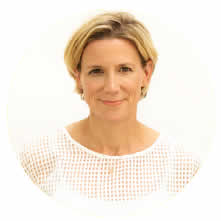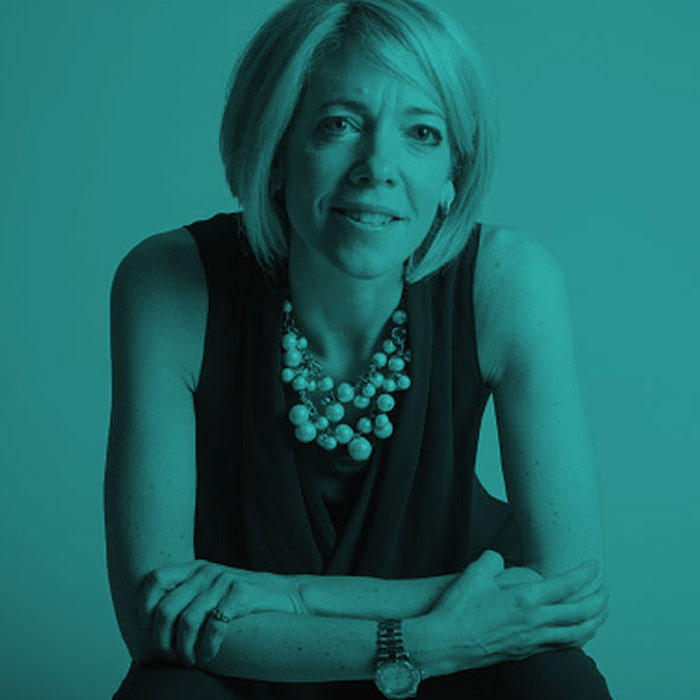
The Leader As A Coach: Integrating High Performance Wellbeing and Inclusivity
Sarah David and Lizzie Bentley Bowers invite leader-coaches to consider what compassionate, brave steps they can take to help themselves and their teams navigate insecure post-pandemic times.
This article appeared in Coaching Perspectives, the journal of the Association of Coaching, in July 2022
Leader-coaches are on the front line in the move from a volatile, uncertain, complex and ambiguous (VUCA) world to a brittle, anxious, nonlinear and insecure one (BANI). We say ‘front line’ because leadership academics are turning to trauma and emergency crisis literature to draw parallels. As executive coaches of senior leaders, we have seen a significant shift in how leaders are expected to respond to this ongoing turbulence, including how they enhance and leverage their skills as leaders who coach their teams.
The question our leader-coach clients often want to explore is how the antidotes to a BANI world – resilience, empathy, mindfulness, flexibility and intuition – sit alongside high performance and profit.
It feels like a 2022 ‘having it all’ conundrum, especially given the battle to attract great talent and the shifts organisations must make as they recreate office environments.
This article offers leader-coaches three approaches to embrace as you straddle the demands of the markets, your organisations and your teams – as well as your own ideals and values.
We invite you to pause for a few minutes to reflect on the questions in each section, and notice what is going well and what might be different for you.
COMPASSION
Leading yourself: we notice that you can be intensely demanding of yourself, castigating yourself for an inability to respond to everything coming at you when objectively it would be impossible to do so.
To be more compassionate to yourself often means clarifying your priorities: in a world in which you cannot do everything, what matters to you most, today, this month, this year, this lifetime? What do you notice about the subtle or major differences between these different timeframes?
When you compassionately and objectively map out the complexity and number of challenges you encounter daily against what is actually possible with the time and resources you have, you create perspective. This common humanity creates self-compassion, which in turn creates clarity. By demonstrating a clarity of priorities, you are likely to model a wonderful imperfection of not trying to do everything. In doing so, you are likely to be even more empathetic to the challenges in your teams and increase both your and their resilience to BANI challenges.
Leading others: taking the time to widen perspective leads to the generation of more options and to more empathetic approaches to tackling problems. It also develops your ability to default to compassionate, rather than judgmental, thinking.
Building these skills in your teams generates the expansive thinking that is vital to fostering inclusive teams where respect, empathy and compassion create belonging. You could courageously widen your team’s perspective by leading them to share where judgements of themselves or others has been problematic. From a place of courageous honesty, you can offer an opportunity to be compassionate, to step back from judgement and be curious, lifting their metaphorical gaze to notice:
• What else do I now see and hear and feel from this
wider perspective?
• What was I missing?
• What assumptions was I making?
• What else is possible?
BRAVERY
With yourself: where are you choosing to be brave? We have observed an unsurprising but significant rise in our leader-coach clients wrestling with boundaries during the past two years. For example, the smartphone and its role as a boundary breaker, interfering with life and sleep. We have had numerous fruitful coaching conversations with leader-coaches about boundary setting. The wry smiles and sheepish confessions about phone use underplay just how challenging it can be to create a different approach when instant responses have become a cultural norm.
We invite you to consider what the smallest courageous thing you might be able to do to change your boundaries would be? What boundary is most badly affecting your wellbeing, whether its with technology, people or culture? What other small, bold step might you take today, in service of yourself and ultimately in service of others? We have seen that leader peer groups can be valuable places to explore this issue. You might also consider how brave you are being with yourself in your actions around inclusivity and belonging. What would be the smallest, brave step you are not yet taking around this? We encourage you to think big, start small and start now.
With your teams: this is an opportunity to harness the power of storytelling. Stories strengthen connection, foster emotions, increase a sense of meaning and purpose, and will bring people with you. Leading your team to tell their stories – of challenge, of achievement and of overcoming – builds connection and trust, and reminds teams of their resilience and strengths. You could invite team members to bring an object, image or piece of music – something that represents the teller of the story as they tell it. This easy-to-implement adaptation of ‘show and tell’ has a disproportionately powerful effect on connecting teller and listener.
Leader-coaches are using storytelling in teams as a way of building safe environments where members haven’t felt included, like they belong or confident in what they bring and how they are seen. You can begin a meeting this way or – and this may be where the bravery of doing things differently comes in – dedicate whole meetings or away-days to it. We have seen a team transform not only their relationships with each other, but their connection to how far they have come and beliefs about what they now want to achieve. And you can remind your team that stories don’t have to be Netflix-level dramatic to be valid, powerful or important.
ACTION
With yourself: many of the coaching conversations with our clients center on a leader’s ability to create space to think and reflect. Life is a result of daily actions, yet managing your sense of wellbeing and control when your environments are volatile can be a challenge. We have noticed that clients under pressure have landed on exploring their morning routines as a first step. Developing a clear and consistent path for the first couple of hours of the day and being intentional has a compound effect on the rest of the day.
What is one thing that you can be consistent about for this next week that would have a disproportionately positive effect on your sense of happiness? If you have a big, bold, ideal vision of what your daily actions could be, what is the smallest version that you could start now? How can you develop habits around actions that are intentional and in service of your overall aims, and less a collection of responses to others’ needs? Who or what do you need to support you in this? What one thing might you start saying no to?
With your teams: how many times have you been part of such a rich conversation in a meeting that you took it right to the very last moment, or even ran over time? Or perhaps agenda items have borne little reality to the time available in the meeting?
Team members that are more willing to be brave with each other will take joint responsibility for closing meetings and conversations with clear actions, and clear owners of those actions. What will I/we/you do next? And who is responsible?
Agreement and accountability can be a useful motivator when there is a need to translate awareness, empathy and positive intent to something that actively and positively leads to a more inclusive lived experience for all.
In addition, leaders and teams that insist on making time for asking ‘so what?’ and ‘what next?’ make their meetings matter. They report greater efficiency, clarity and progress and less repetition and revisiting, which has an impact on efficiency and wellbeing. Through action, they feel more of a sense of control in the face of BANI challenges. We invite you to consider your current meetings and to take an action in relation to before, during or after the meeting that you know will transform how it feels for yourself and the team. This could even be abandoning the meeting.
MAKING PRIORITIES
The oxygen mask analogy is frequently invoked, but we notice it is still the case that too few leader-coaches prioritise attending to themselves in this demanding environment. We have seen that some of this is cultural and some of this is personal. Our encouragement is that we have seen that those who attend to their own wellbeing see an increase in team wellbeing, and that this also increases capacity for empathy, compassion and inclusion.
We offer these questions and prompts for reflection. It takes bravery to be compassionate and it demands change from most
of us, but these three manageable steps can create a stronger oxygen flow for all.
ABOUT THE AUTHORS

Sarah David focuses on creating positive direction with leaders who want to make a difference. She partners with clients to clarify strategy, accelerate leadership impact and nurture positive culture. Having worked at executive and non-executive level in global and multi-site businesses, she is experienced in embracing complexity and working with leadership teams to find simple, impactful solutions. Sarah is a qualified lawyer with a strategy MBA, and is a master’s-level coach with research focused on the role of leaders’ mental fitness.

Lizzie Bentley Bowers is an accredited coach working with senior leaders and teams who understand the far-reaching impact they have on both organisational outcomes and individual wellbeing, and who want to create and sustain environments in which they, their colleagues and their organisations thrive. She is skilled at supporting and challenging teams to understand and leverage their strengths, and to uncover what is getting in their way in order to increase wellbeing, trust and performance.
If you would like to receive these generally bi-monthly Thrive in Five newsletters, sign up here.
